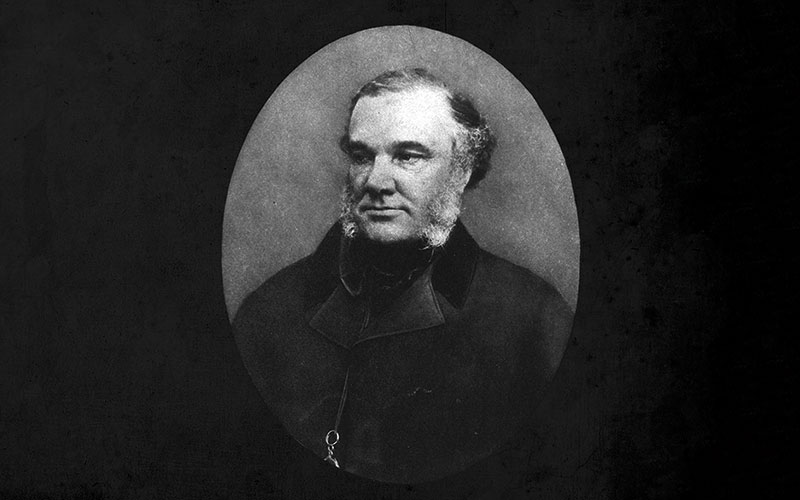This is the first article in a series of selected short biographies of persons whose names are directly used for diseases, conditions or syndromes familiar to those working in clinical pathology laboratories.

Thomas Addison (1793-1860) was the English physician who, with Richard Bright (1789-1858) and Thomas Hodgkin (1798-1866), formed the famous 19th century trio of Guy’s Hospital physicians. He was born at Longbenton, near Newcastle and attended the Royal Free Grammar School in Newcastle and entered as a medical student at the University of Edinburgh in 1812. He graduated in 1815 and worked at the London Lock Hospital, where he developed a keen interest in dermatology. In 1817 he moved to Guy’s Hospital, London and two years later was a member of the Royal College of Physicians. From 1827 he was lecturer in materia medica and proved to be an excellent lecturer. He was later joined by Richard Bright to lecture on practical medicine. In addition, Addison was regarded as a brilliant diagnostician and was appointed a full physician at Guy’s in 1837. In 1841 he gave a presentation to the Royal Society describing changes in lung structure in pneumonia and tuberculosis (TB) and in 1854 another report concerning skin lesions (keloids), which take various forms in post-injury scar tissue.
Addison’s anaemia
Addison gave the first description in 1849 at a meeting of the South London Medical Society, of patients with pallor, weakness and decline in health and proved fatal, which he termed “fatal idiopathic anaemia”, which is now recognised as pernicious anaemia.
Addison’s disease
It was during this time that Addison began his observations at post-mortems of patients who presented with hyperpigmentation, fatigue and muscular weakness, and observed adrenal gland disease, such as atrophy and malformation. Over five years Addison assembled detailed case records on 11 such patients with their post-mortem reports, culminating in an important monograph in 1855 on adrenal insufficiency. The case histories were meticulously recorded, with beautifully drawn sketches of the patients and records their sudden and fatal demise with no effective treatment.
Please click here to read the full article.
